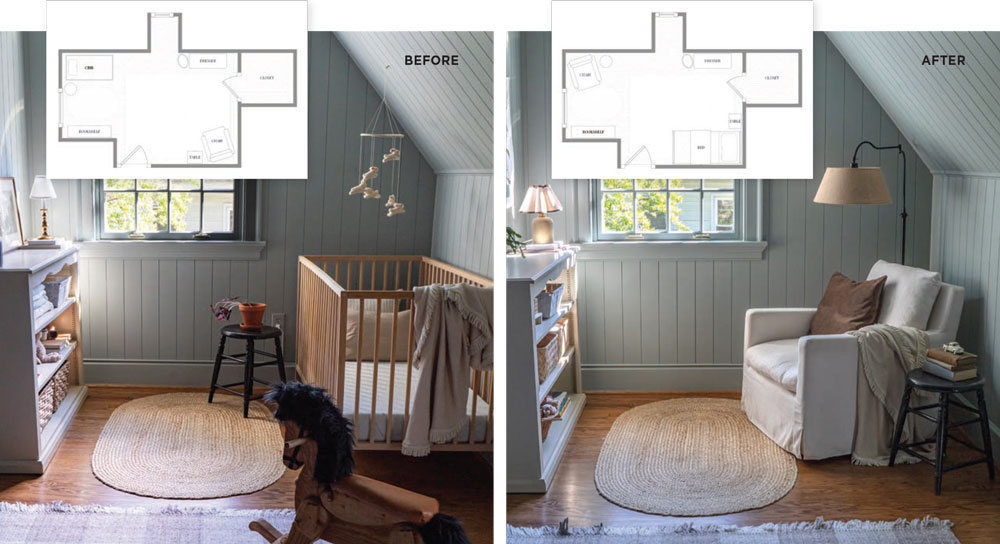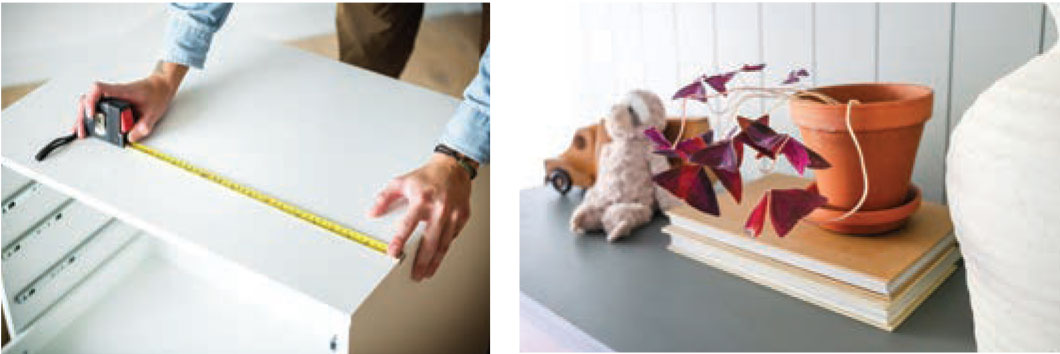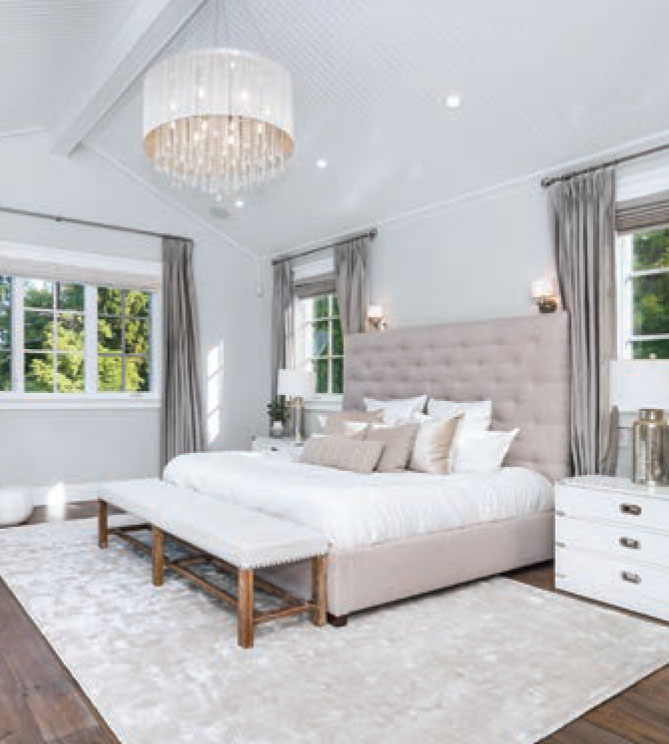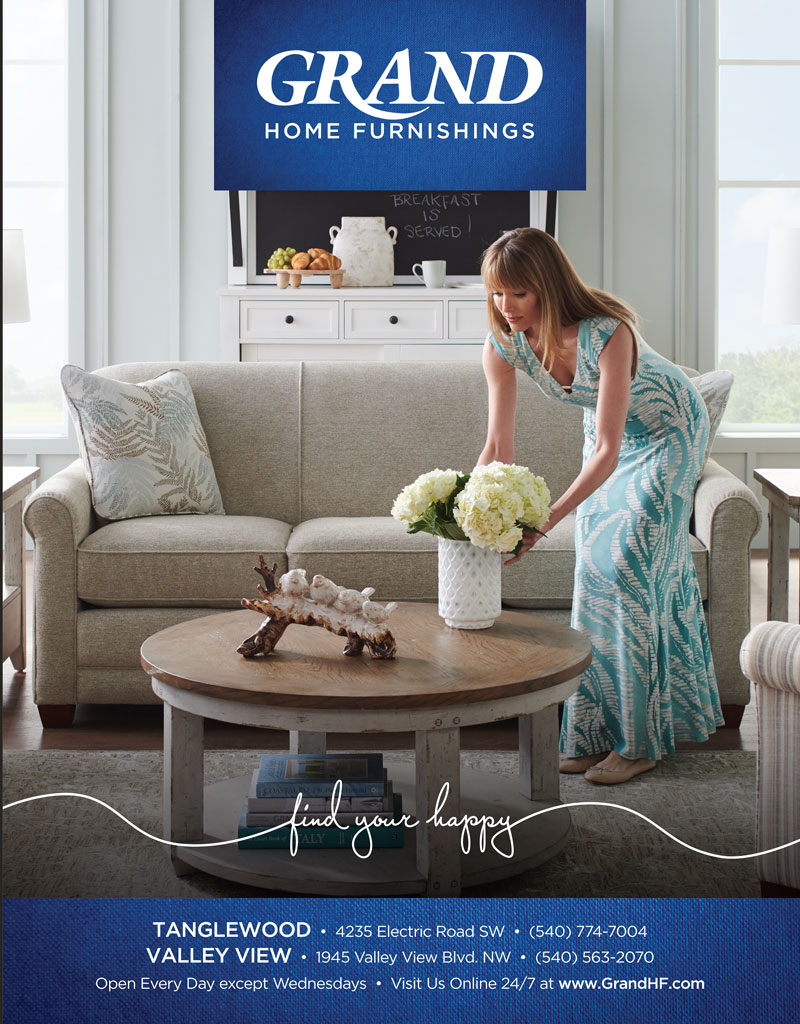REVITALIZE YOUR SPACE
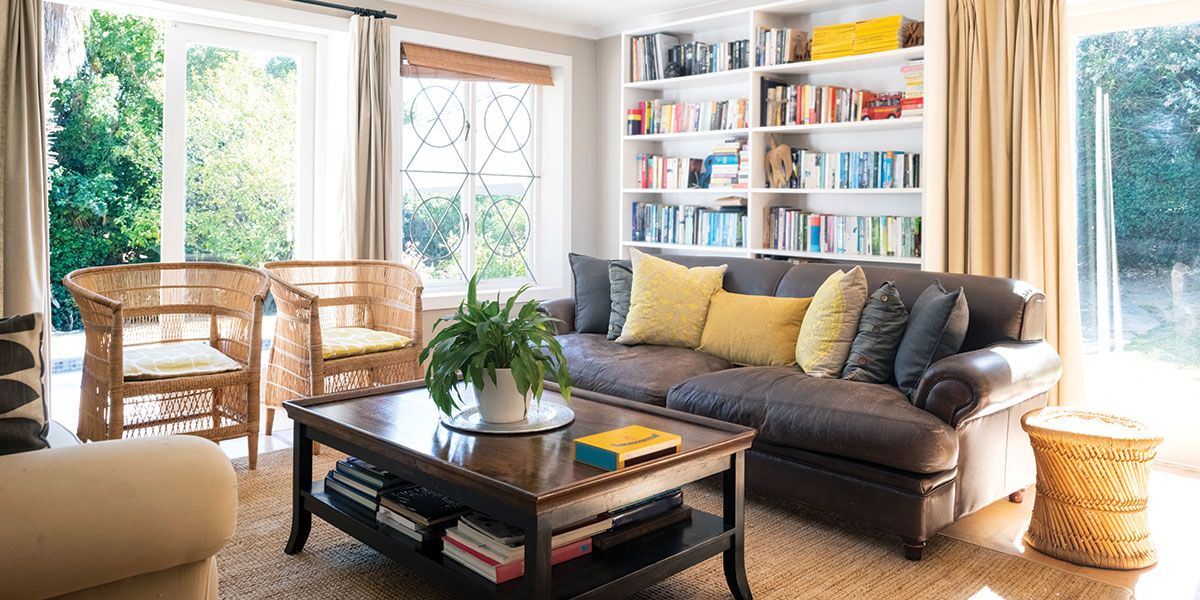
The art of rearranging furniture
In the hustle and bustle of daily life, our homes often become static environments, with furniture layouts remaining unchanged for years. Yet, a simple rearrangement of your existing pieces can breathe new life into your living space, transforming its ambience and enhancing its usability and traffic flow. Whether you’re looking to refresh your home’s aesthetic or optimize its functionality, here’s a guide to help you navigate the process effectively.
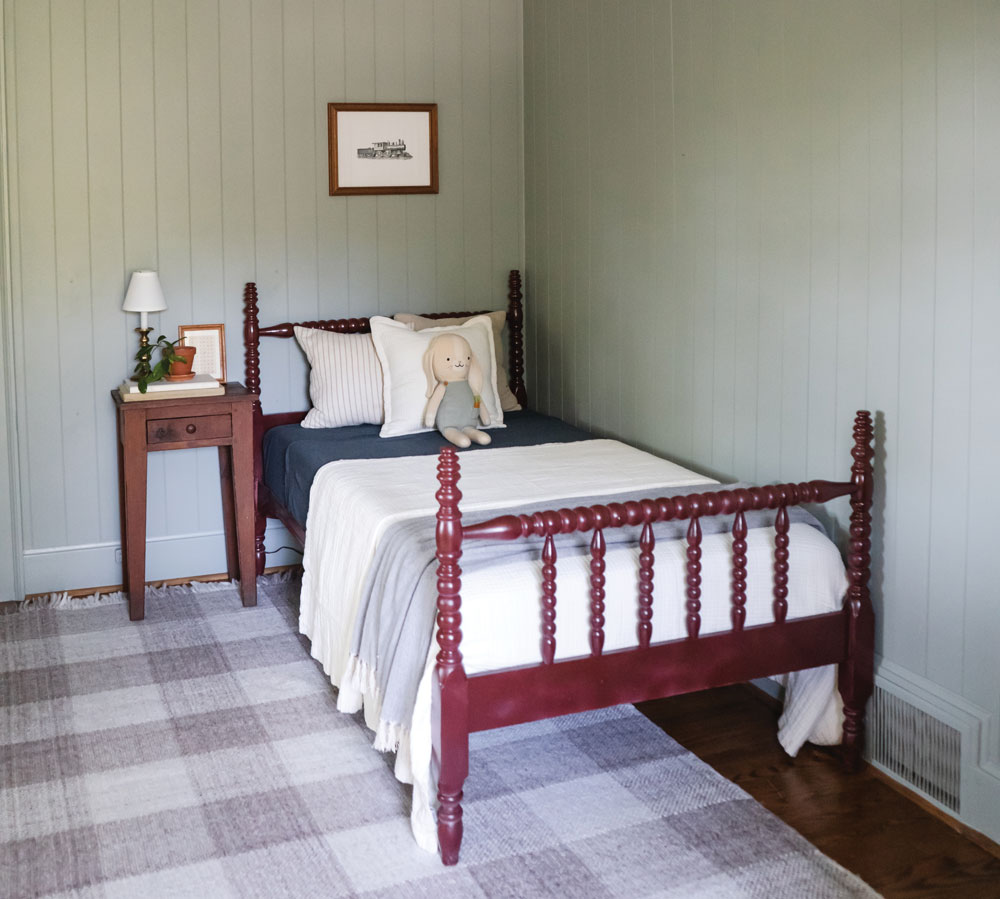 Lauren Hale recently updated her son’s nursery and was able to use much of the original furniture pieces while incorporating a twin size bed.
Lauren Hale recently updated her son’s nursery and was able to use much of the original furniture pieces while incorporating a twin size bed.
Why rearrange?
Rearranging furniture is a cost-effective way to revamp your home. It allows you to discover new possibilities within your existing space, fostering creativity and a sense of novelty. Moreover, optimizing circulation — how people move throughout your home — can greatly improve daily living, making rooms feel more spacious and functional. Lauren Hale of Lauren Hale Interiors advises, “Collect pieces of furniture and décor that share a cohesive style, allowing flexibility to move pieces around from room to room more effortlessly.”
Getting started
Before starting to move furniture, take time to envision the desired outcome. Consider how you use each room and identify any specific issues with traffic flow or functionality. Clear the space of clutter to get a clearer picture of the available room and its potential layouts.
Practical tips
MEASURE TWICE, MOVE ONCE
Measure your furniture and the room dimensions carefully before moving anything. This prevents the frustration of realizing the sofa won’t fit through a doorway or that your proposed layout doesn’t leave enough walking space. Hale shares one of her favorite tricks, “Painter’s tape is a handy tool for quickly visualizing how an item will look and feel in a space.”
CREATE CONVERSATION AREAS
Arrange seating in clusters to facilitate conversation, especially in long/narrow rooms. Place chairs and sofas facing each other to encourage interaction and to create a cozy atmosphere. Hale emphasizes this key point, “It’s essential to first accommodate those who use the space on a day-to-day basis. If you often host guests but lack additional square footage for a larger sofa or additional lounge chairs, try adding small ottomans, poufs or a compact side chair that can be easily moved into the center of the conversation.”
EXPERIMENT WITH ANGLES
In an irregularly shaped room, it can be tricky to decide where and how to place furniture. Don’t limit yourself to placing furniture against or parallel to all the walls. Sometimes, angling a piece creates a more dynamic and spacious feel in a room. Hale cautions, “Rectilinear furniture can be challenging in an already angular space. Try basing your arrangement on the focal wall or in alignment with the rug. Choose furniture pieces with curved backs or softer lines to reduce the emphasis on hard angles.”
FOCUS ON FOCAL POINTS
Identify and highlight key features in each room. A fireplace, large window or built-in shelving can all be an inviting focal point. Sometimes, all it takes is updating the décor on your mantel, bookcases or coffee table to transform a space. “When seasons change or I begin to grow tired of a space, I ‘shop my home’ for furniture and décor and shift things around,” says Hale. Try an old bedroom dresser as a TV stand, move a foyer console to your bedside, swap out lamps with light fixtures from another room, use a stack of coffee-table books as a tray or pull up a kitchen stool next to your favorite cozy chair.
Ensure there are clear pathways through rooms and between furniture pieces. Avoid placing large pieces of furniture in the middle of a path or too-near a doorway, and make sure nobody has to do an awkward tango between furnishings. Generally, you will want to allow a space of 30″ between furniture you need to walk around and maintain 18″ between a coffee table and its sofa. Dining rooms need a minimum of 36″ from table to walls so diners can move their chairs comfortably. Experts say the ideal TV placement is 8 to 12 feet away from seating, and at an angle of no greater than 30 degrees. Thus, depending on the height of your mantel, above-the-fireplace may not be the best spot for your TV. Bedrooms need at least 2 feet on either side of the bed to avoid an overcrowded look and allow for easy bed making. Rugs help anchor a floating furniture arrangement, too. Ideally at least the front legs of furniture will fit on the rug, if not all the legs. Bedroom rugs should extend at least 2 feet on either side and at the foot of the bed.
BALANCE AND SYMMETRY
Aim for balance in your furniture arrangements. Mix large and small pieces to create visual interest while maintaining symmetry where possible to promote harmony within the room. Pay attention to how furniture is distributed in the room to prevent a seesaw of heavy-on-one-end and light-on-the-other imbalance. Keep lighting on the same visual planes to avoid a dizzying zigzag of lampshades and lightbulbs.
Pitfalls to avoid
Before starting to move furniture, take time to envision the desired outcome. Consider how you use each room and identify any specific issues with traffic flow or functionality. Clear the space of clutter to get a clearer picture of the available room and its potential layouts.
OVERCROWDING
Resist the temptation to jam too much furniture into a space.
IGNORING FUNCTIONALITY
While aesthetics are important, ensure the rearranged layout supports how you actually use the space. “By integrating practical storage solutions such as bookshelves, cabinets, dressers or chests, you can effectively minimize visual clutter and ensure easy access to all your essentials,” Hale says.
FORGETTING SCALE
Oversized pieces can overwhelm a small space, while tiny furniture might get lost in a large room. Pay attention to the height of chair and sofa arms relative to their side and accent tables. Bedside tables should be at or above the height of the mattress.
LACKING VARIETY
Aim for a mix of furniture shapes, heights and textures to add visual diversity.
NEGLECTING LIGHTING
Consider how natural and artificial light interacts with your new arrangement. Hale suggests using a variety of fixture types at various heights, ensuring the scale complements nearby furniture: “For instance, lamps on a side table benefit from empire-style shades to eliminate sightlines to the bulb from above, while fixtures with exposed bulbs may require a more unique bulb shape or style with a lower wattage to diffuse glare. Dimmers or adjustable bulbs offer versatility. And don’t underestimate the cozy ambiance of simply adding candles!”
The transformation
Once you’ve settled on a new furniture arrangement, take a moment to appreciate the transformation. A well-planned rearrangement can make your home feel fresh and inviting, enhancing both its functionality and aesthetic appeal.
Hale reassuringly adds, “If the thought of rearranging large furniture seems overwhelming or your space limits you to a single arrangement, keep in mind that even small updates, such as changing rugs, swapping around lighting or reconfiguring art and décor can have a significant impact and quickly revitalize your space.”
This fall is the perfect time to embrace the opportunity to experiment and enjoy the process of transforming your home for the busy holiday season ahead. ✦
Conversation Areas, focal points, functionality, rearranging furniture, room dimensions, static environments, traffic flow
